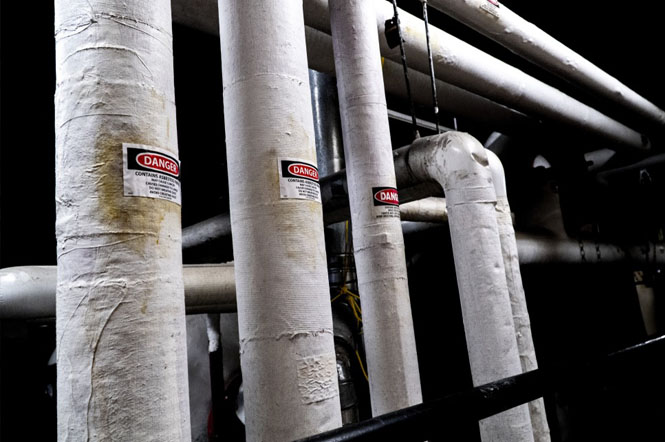
Is Asbestos Abatement or Encapsulation Better?
Asbestos, a material that was previously prized for its ability to withstand fire, has been designated a hazardous substance because of the serious health hazards it poses. Asbestos abatement, the elimination and proper management of asbestos-containing materials (ACMs), is of utmost importance to building owners and occupants due to their harmful impact on human health. Hence, the team at All Clear Environmental would like you to know about asbestos abatement and encapsulation.
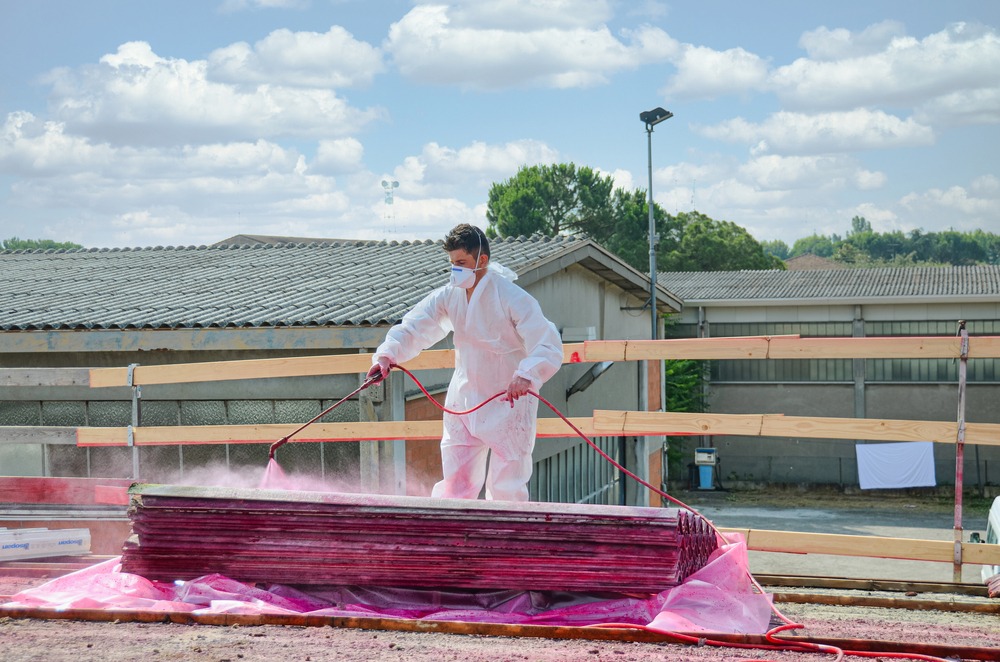
What is asbestos abatement ?
Asbestos abatement refers to the safe removal and elimination of ACMs from buildings or other structures. Asbestos materials must be identified, contained, and removed to eliminate the danger of asbestos exposure to the building’s inhabitants and the surrounding area.

The following steps are commonly involved in the asbestos removal process: In order to find any components in the structure that may contain asbestos, skilled personnel thoroughly check it and, if necessary, take samples for testing. In order to prevent the release of asbestos fibres into unaffected areas of the building, proper containment measures must be put in place prior to beginning the removal including enclosing the work area in plastic sheeting, installing air filtration systems, and creating negative air pressure to regulate the airflow. To reduce the formation and spread of asbestos fibres during the removal process, trained and certified asbestos abatement specialists utilize specialized equipment and procedures to carefully remove the asbestos-containing materials while adhering to strict rules and safety regulations. After the abatement procedure is finished, clearance testing or post-abatement air monitoring may be done to make sure the region is safe and free of asbestos fibres.
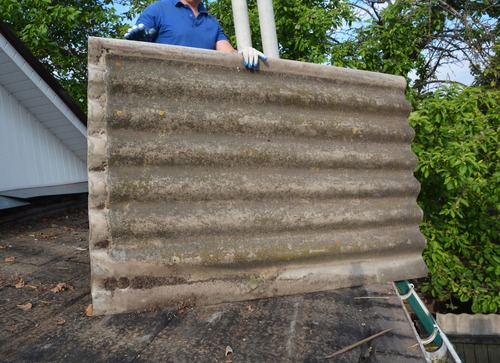
Pros of asbestos abatement
Abatement guarantees the total removal of asbestos from the structure, minimizing the danger of asbestos fibre exposure. Removing asbestos lowers the risks of acquiring asbestos-related illnesses such as mesothelioma, lung cancer, and asbestosis as well as the health risks connected to asbestos exposure. Abatement enables the management and removal of asbestos in accordance with municipal, state, and federal requirements.

Cons of asbestos abatement
When dealing with severe asbestos contamination or difficult-to-reach regions, asbestos abatement can be costly. The price includes the removal procedure as well as the safe disposal of asbestos material. When abatement calls for considerable removal and containment methods, it may interfere with building operations or tenants. This may result in temporary relocation or area closure. Building components may sustain harm during the removal procedure, particularly if the asbestos is closely integrated. After the abatement procedure, repair and restoration may be necessary.

What is asbestos encapsulation ?
Asbestos encapsulation is a technique for managing and controlling ACMs that involves covering the asbestos with a covering or enclosure to stop asbestos fibres from being released into the air. Encapsulation tries to retain and encapsulate the asbestos elements in place as opposed to eliminating them.
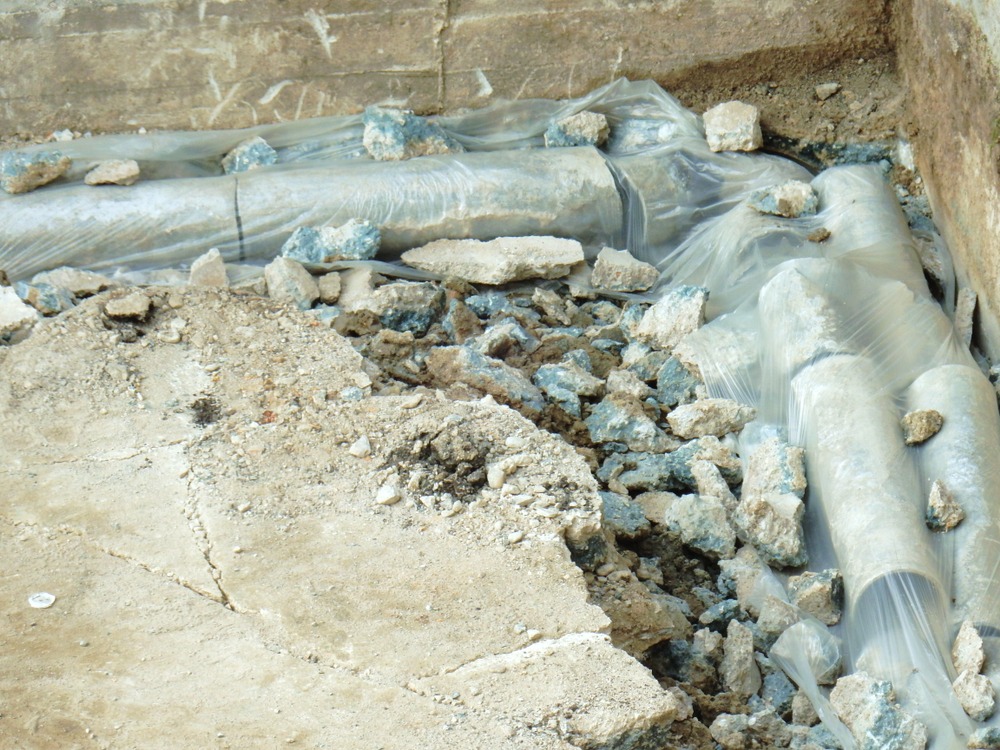
The process of asbestos encapsulation typically involves the following steps: To establish if encapsulation is a viable option, trained specialists undertake an evaluation to detect the presence and condition of asbestos-containing materials. The asbestos surfaces must be carefully cleaned and prepped (removing loose material, sanding, or adding a primer) prior to encapsulation to guarantee appropriate adherence to the encapsulant. By employing methods like spraying, brushing, or rolling, a specialist encapsulant substance is applied to the asbestos surfaces in order to create a long-lasting protective coating that links and seals the asbestos fibres, preventing their escape into the air. Multiple layers of encapsulant may be used to increase durability and efficacy, depending on the encapsulation product and needs. Regular inspections and maintenance are necessary to resolve any damage, degradation, or indications of possible fibre release.
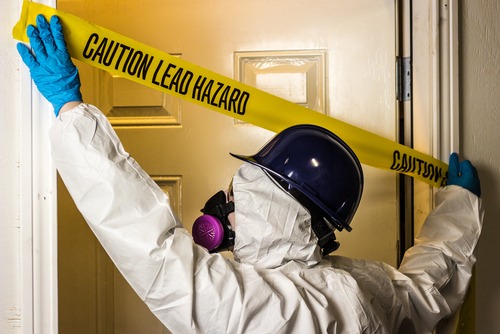
Pros of asbestos encapsulation
Encapsulation is typically a more cost-effective approach than comprehensive asbestos removal, especially when dealing with big or difficult-to-reach regions where removal would be impracticable or expensive. Encapsulation can often be carried out with little to no impact on building occupants or activities, allowing for ongoing use of the space during the encapsulation process and reducing the need for temporary closures or relocation. Encapsulation, as opposed to asbestos abatement, enables the preservation of the original building materials and structure, which is desired for historic or aesthetically significant structures. Encasing ACMs reduces the amount of asbestos fibres released into the air, lowering the danger of asbestos exposure and creating a safer environment for building occupants.
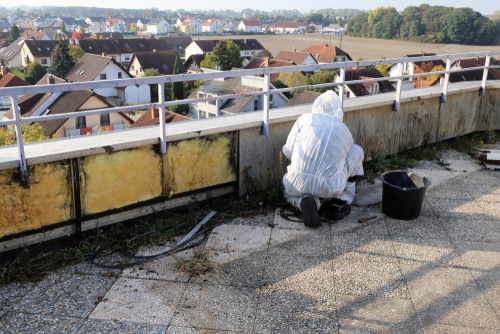
Cons of asbestos encapsulation
Encapsulation is not a long-term fix. Encapsulation materials are susceptible to deterioration or disintegration over time, which might result in the release of asbestos fibres. To guarantee the encapsulation’s sustained efficacy, routine maintenance and monitoring are needed. Complex constructions, confined areas, and uneven surfaces might make encapsulation difficult. The use of suitable application methods and encapsulant materials is crucial for the effectiveness of encapsulation. Ineffective encapsulation and possible future issues might be caused by improper application or inferior materials. Future renovations or adjustments may be restricted by encapsulation.

When to use asbestos abatement or encapsulation ?
The choice between asbestos encapsulation and abatement depends on a number of variables and should be supported by a careful evaluation by trained experts. Here are some considerations:

Extensive Damage: Abatement is often advised if the ACMs are severely damaged, degraded, or friable (easily crumbled). This is especially true if there is a high danger of exposure to and release of asbestos fibres. Renovation or Demolition: Choosing abatement to entirely remove the asbestos may be more practical and efficient when preparing for significant renovations or demolition projects. This makes room for a fresh start and removes any potential asbestos-related worries in the future. Regulatory Requirements: Abatement is typically required to guarantee compliance when municipal ordinances or legal requirements call for the removal of asbestos under particular circumstances.

ALL CLEAR ENVIRONMENTAL – Keeping the environment safe for future generations
Asbestos abatement and encapsulation stand as crucial solutions for addressing the presence of ACMs and maintaining the safety of people within impacted buildings. Both procedures remove the possibility of asbestos exposure and significantly reduce the related health risks thanks to their thorough methods. Making the choice between either should always come down to the unique situation at hand and a professional’s recommendation. Please contact us if you suspect the presence of asbestos on your property. All Clear Environmental specializes in safe and efficient asbestos remediation on all kinds of buildings. When removing any hazardous material, such as asbestos, our business adheres to all provincial safety norms and regulations, including Ontario’s regulation 278/05. Additionally, we safely remove and safely dispose of any dangerous materials with sealed and labelled bags. Once the work is complete, we provide you with a certificate attesting that your home complies with all applicable codes. If necessary, you may give this document to potential buyers of your new home. With our help, your property becomes safe for you and future generations to come.


